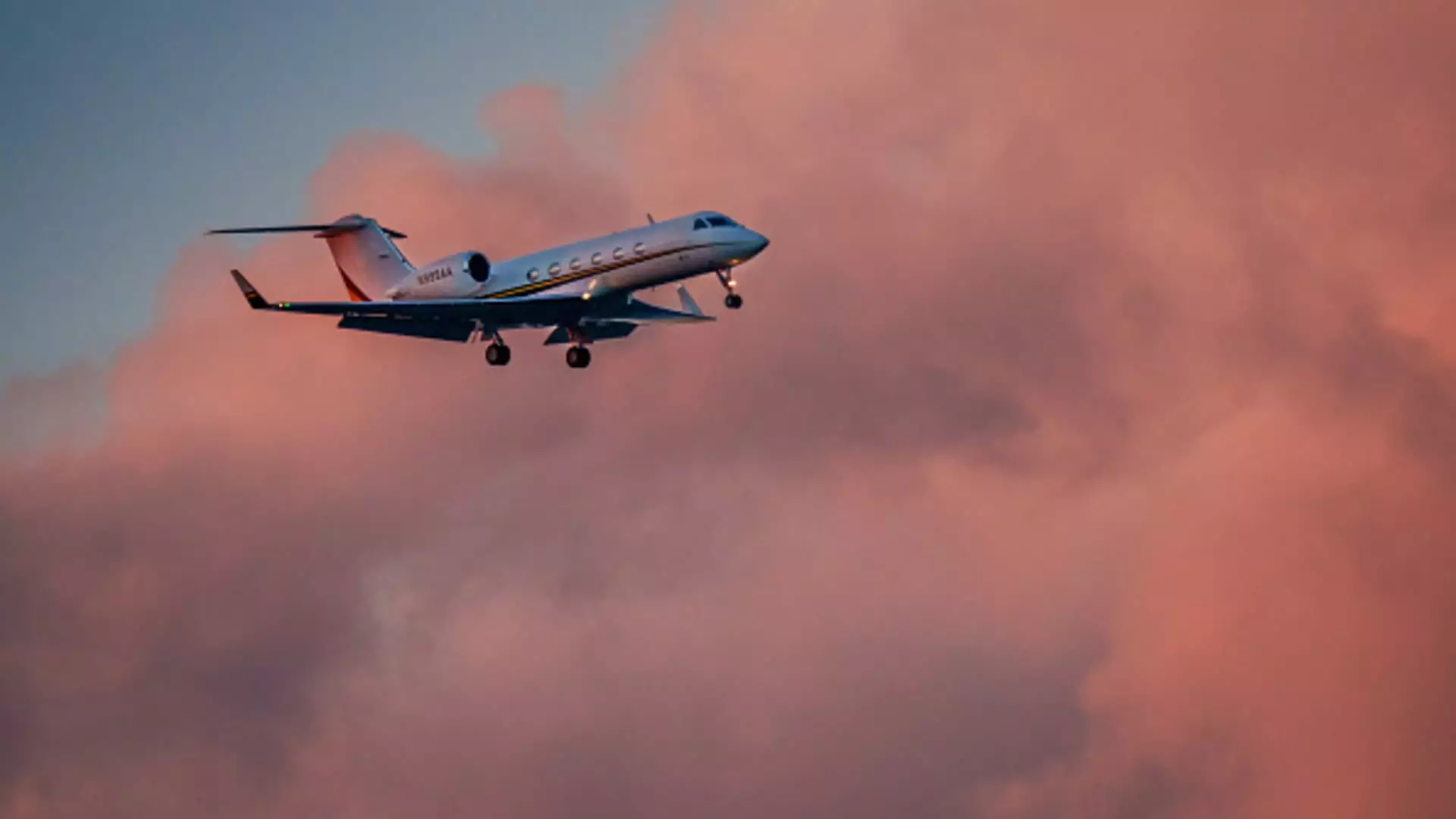Private jet flights have seen a substantial decrease of 15% in the first half of this year compared to the peak in 2022. The once-thriving industry is now facing challenges due to diminishing demand and a changing landscape in high-end travel. Despite a temporary surge during the Summer Olympics, where there were a record number of private jet flights to Paris, the industry continues to struggle as the travel season progresses.
The recent challenges and fleeting success in private aviation can be traced back to the Covid-19 pandemic. In 2020, as airports and airlines shut down, private jets provided a means of escape and a safer way to travel. Wealthy individuals who were hesitant to fly private due to cost and environmental concerns found justification in isolating at 40,000 feet. The influx of liquidity from government spending, stimulus, low interest rates, and a booming stock market further fueled demand for private flights, leading to a surge in the industry.
The boom in private aviation post-Covid resulted in a wave of euphoria, with numerous IPOs, startups, and a rush to acquire jets and pilots. However, industry giants like Wheels Up have struggled to turn a profit, reporting significant losses and declining membership numbers. Subsequently, smaller charter operators with limited fleets are also feeling the pinch as demand dwindles, leaving fleets idle.
The initial surge in private jet demand during the pandemic has started to wane as more planes and pilots become available. Some affluent travelers who previously opted for private flights are now reverting to commercial options for certain trips, citing soaring prices and a desire to stay within budget constraints. The cost of flying private has increased by about 20% since 2019, prompting some travelers to rethink their spending on luxury travel.
As demand for private flights decreases, prices are softening, and the number of used business jets for sale is on the rise. Despite this shift, orders for new jets remain strong, indicating that the industry is returning to a more balanced equilibrium. Industry executives view this cooling down as a positive development, leading to a more sustainable long-term trajectory for private aviation.
While some occasional fliers may have shifted away from private aviation, heavy users continue to fly privately, with many opting for membership, jet card, or fractional ownership programs. Industry giant NetJets has witnessed a surge in fractional ownership, as more individuals appreciate the reliability and quality offered by this model. The fractional flight sector has seen a 12% increase in the first half of 2024, signaling a shift in consumer preferences towards more cost-effective and flexible ownership options.
The private jet industry is undergoing a period of adjustment and recalibration following the unprecedented surge in demand during the pandemic. As the market cools down and prices stabilize, industry players are reassessing their strategies to cater to changing consumer behaviors and economic realities. The future of private aviation lies in striking a balance between luxury and affordability, ensuring sustainable growth and customer satisfaction in the years to come.

